By Sandhya Ravishankar
As the Lok Sabha polls approach, the work of several anonymous handles on social media are ripping the masks off false narratives against India which are being spread globally.
Most of these handles prefer to remain anonymous, no doubt worried that their identities might be made public.
One such handle, Disinfo Lab, consistently educates its followers on the connections and complex networks of articulate ‘activists’ who are well funded, groomed and protected by global power superstructures.
It may sound like a conspiracy theory to some, but a narrative war is a reality today and accomplishes the same goal bloodlessly.
Here are edited excerpts from an email interview with Disinfo Lab.
Q1. Would you please introduce Disinfo Lab to our readers? How long have you been fact-checking on Twitter & how has the journey been so far?
A1: Well, for the record, we don’t like the label fact-checkers. The world has moved beyond fact-checking. The world moved from the Information Age to the Disinformation age long back. It’s only naive elements that use fake news anymore because it’s most easily busted. What’s difficult to expose is fabricated narratives, info-wars, which is what we are trying to counter.
As to how we came about to be, we could call it accidental or providence.
We all were/are working with the digital medium in some form, from political campaigns to commercial marketing. Being in the field, we saw the deluge of misinformation. Since we knew/were associated with different political shades, we knew that a lot that was coming out in the public does originate from India. So where is it coming from?
This was the stimulus for the start of the venture. And Covid played a role. We started this project as a side venture in 2020 when the pandemic struck the world and India was no exception.
Early on, we stumbled upon one of the most classic propagandas from Pakistan during the farmers’ protest in India, a classic case of Pakistan seeding the narrative of Khalistan in India, which was unfortunately lapped up by some of the Indian media and the so-called Right-Wing audience.
We went on to expose a false expert and aide of a Khalistani operative plotting relentless attacks on India. Since then, one thing led to another until we realised that whatever was seemingly happening in isolation and independent of each other, was all getting connected.
It was a eureka moment!
Q2: What are the main sources you rely on for fact-checking? Do give us an example of, say, how you dug up the background on the Indian American Muslim Council (IAMC).
A2: Though there are some useful tools, such as Maltego, Mitaka, OSINT framework, and some conventional tools for data analysis, and graphs/network mapping, a substantial part of our work depends upon tools that we have coded ourselves. We also use standard methods such as geolocation and reverse image search. But above all, it’s Google and social media.
Frankly, it’s not the sources but how we look at them. It’s the same as Google and Facebook. It’s the same information for everyone – but most people just look at the surface, and we try looking closer, asking some basic questions. Plus, we are not enamored with white faces or ‘foren’ individuals and organisations. We ask the same questions – who are they, why are they doing it, what are their credentials, etc. For example, take a full-page Ad in NYT/ WaPo signed by 50 organisations on some issue about India. Everyone takes them at face value. But if you simply start googling their names, you will see the same people in all organisations. These are multiple fronts to craft the perception of grandeur.
Secondly, if you pick one thread, it will lead to the entire ecosystem. You asked about how we reached IAMC. We came across a ‘white expert’ popped up in the contentious ‘Greta Toolkit’ leaked during the farmers’ protest in 2021. To our surprise, this relatively obscure character was given space by many prominent Indian media and his Twitter followers swelled like a tsunami – all because he projected himself as anti-fascism and anti-Hindutva, etc. Fair enough. But no one even looked at his social media to see that the same guy was anti-Gandhi a few years ago, calling Mahatma Gandhi a child rapist. So once this anomaly was seen, we looked deeper. Who is he? Where is he from? What are his credentials? And who is promoting him?
By analysing his interactions and connections on social media, we sensed the presence of an underlying nexus playing the narrative. Several organisations and people were promoting him via media space, seminars, and webinars. And that is where we first came across IAMC among other organisations. However, in our subsequent investigations, IAMC came up more and more at the core of all such fronts, forcing us to look deeper.
Its co-founder (Shaik Ubaid) and many of its functionaries had been associated with Pakistan’s Jamaat-e-Islami’s US arm i.e. Islamic Circle of North America (ICNA), an organisation that abetted terrorists. This in turn led us to a hydra-headed Islamist fronts, all operating under lofty human rights and other banners.
Q3. In journalism, we’re always told ‘Follow the money’. Can you tell us how you follow money trails when tracking linkages to terror outfits and individuals associated with them, for example.
A3: Following the money is the hardest part. For one, money trails are rarely in the public domain. It’s easier for journalists to dig around, ask questions, and talk to people. But if you are limited to open source, it gets a lot more difficult. Secondly, these fronts are notoriously shy about their funding. They don’t show the money they get or where they spend. See for example Equality Labs. Ostensibly, it claims to be a social organisation, but it has not registered itself as a non-profit because it then has to show its financial details. Likewise, most of the fronts exist only on social media. They open a Twitter handle and claim to be an organisation, but nothing exists on paper. So, it’s a lot harder.
But we do find some traces, specifically when they ask for the donations, because then they can’t hide it. We dig into their social media posts, their claims and activities. IMANA (Islamic Medical Association of North America) is a case in point. We calculated their funding from their Instagram and Facebook pages and from the interviews of their office bearers. Then we arrived at the most conservative estimate of USD 100,000 per hour, though we believe they got money to the tune of millions and it was one of the most heinous stealing – diverting so much funding away from India at the peak of the Covid.
We followed the same SOP in other cases too. First, identify the platforms where money is collected in the name of humanitarian aid, such as fundraising platforms like Launch-good, JustGiving and social media platforms. Followed by tracking how the money is being spent and in collaboration with what kinds of groups. We could identify how those groups are linked with terror/radical groups which usually starts with scanning their social media accounts and their members’ affiliation and activities.
This is how we found that the individuals in IMANA had been members of Muslim Brotherhood and Jamaat fronts, and working with ‘charity’ wings of terror groups like Al-Khidmat, and Al Ghazali Trust.
Similar NGOs like Muslim Aid and Penny Appeal, which we exposed in a three-part series of ‘COVID AID Scam 2021’ shared the same pattern and attributed to similar traits i.e., raised funds in the name of help in any humanitarian crisis and for conflict regions, no transparency in fund spending, & working with terror groups/radical wings.
Q4. From your findings and work so far, how big a threat do you believe India is facing from various fronts – whether the soft power of the US, the threat from Pakistan, and the threat from China. Please explain each threat in detail.
A4: To paint the threat scenario, we need to understand the new world order that was ushered with Big Tech. It fundamentally changed the way information war was being fought. In a way, it was the globalisation of the info war.
There were two major implications: first, it created a new globalised market for ‘activism’. Prior to this, it was a cottage industry at best. Professional ‘activists’ used to fight for a particular cause. With social media, an activist could pontificate on as many issues as he/she wished. Or gets paid for. There was no more the question of credibility, experience in the field, expertise, or even ideological consistency. It birthed a new breed of animals called ‘vulture activists’, who could spout contradictory causes between one tweet and the next!
The second factor is more conventional. There were four major narrative powerhouses – the West, centred around the US; Russia; China; and pan-Islamists steered by the Muslim Brotherhood. In due course, the Russians and Chinese kept aligning, likely bankrolled by China. Pakistan has been a small potato, which piggybacks on the Islamists and the Chinese. Their core expertise remains to create fake Indian handles in the name of both right and left wing, both extreme radical Hindu and extreme radical Muslims and so on and keep creating/deepening divisions. They are more tactical, aimed at creating discord in society.
The three competing powers, therefore, shape all narratives. They have made significant investments in this narrative war.
Where does India figure?
It so happens that we are at the receiving end of all three for various reasons. And hence, you would see that individuals/organisations who bat for China, accusing the US of imperialism and accusing the US media of being their mouthpiece, will use the same US media articles to target India. Likewise, you will see activists who spread constant venom on the alleged Muslim plight in India don’t utter a word on the Uyghur issue. Many US ‘mom and pop rights organisations keep hammering India at the slightest excuse, and many times on trumped-up accusations, but have entirely different standards when it comes to Islamist countries because they do not wish to anger a certain segment.
So, while they fight and compete and at times collaborate on various issues, they find a common cause against India. This could explain why we are facing an onslaught of narrative war.
And this is happening for two reasons. One, we don’t have a credible counter strategy, other than calling names and declaring everyone as anti-India. This is a vent, not a counter. The second is, there are no real-world costs to anti-India elements.
Q5. Why do you do what you do?
A5: (You could hear our laughter if we were talking) Well, what else to do? Shankaracharya said ignorance is bliss. And we wish we had remained so. Then it would have been easy. But once you know, you can’t unknow. Once you see, you can’t unsee.
सुखिया सब संसार है, खाए अरु सोवै।
दुखिया दास कबीर है, जागै अरु रोवै॥
(Poet Kabir’s work translating to:
The whole world is happy, eats and sleeps.
Kabir is a sad slave, he wakes up and cries.)
Left with no other choice, we are trying to do what we can with limited resources. At times it feels like a scream in the void with the hope that some people might listen and help spread the cause.
Q6. How should India counter disinformation on a large scale?
A6: Well, we are not sure we have the answers, but there are a few points we could suggest:
1. Situational awareness of what’s happening. We are not aware of the extent of fake IDs creating narratives on social media. As we showed in our report on SAUSMF, Pak ISPR/PTI troll factories created fake handles for Indians and Sri Lankans and started fighting with each other, and quickly real Indians and Sri Lankans started taking sides. It could have snowballed into a major issue. In the same way, when Pakistani handles created fake Middle Eastern handles to push the Islamophobia narrative in India, the label got stuck. Similar was the case when some anonymous handles abused Mohammed Shami after India lost a match against Pakistan in the 2021 T20 World Cup. Once an incident is created on social media, then a select set of handles and media start weaving it into a narrative, which leads to even more bizarre actions like Virat Kohli apologising, which cements the fact that there was an actual abuse whereas all it was, was a few anonymous handles abusing him.
2. We need legal and technical frameworks to deal with info-war. At present, we do not even define info war in terms of national security threats. We still look at it from a disinformation/fake news perspective. Many countries have already set up national institutions to counter such activities. Secondly, we need some mechanism to ensure that such elements are not allowed in the online space. This can and should be accomplished with transparent means, or else will lose credibility.
3. India needs a credible nonpartisan platform. We are the largest population with one of the highest online populations, and yet we are miserably failing to put across our points because we didn’t invest in creating such platforms. Frankly, it’s already too late, but we still have to try to salvage whatever we can.
4. A corollary to the above, we need to learn to start documentation. Many people/organisations are trying to push back against vested narratives on social media, but these are not enough. These efforts are not translating into a record. Our future history is being written in front of us, even being fabricated in front of us, live. And we are not a party to our story writing.
Take for example the global rating agencies such as V-Dem and Reporters without Borders (RSF) who create indices. These are then documented in the form of news articles by say NYT/BBC/DW and so on, howsoever flawed or fabricated the data happened to be or howsoever it is exposed on Twitter/YouTube. And then on TV, these articles become references which are used in research papers and eventually find a place in a book. With that, the history has been frozen for you. Fifty years down the line, this will be the only story in India, and if you try to correct the story then, you will be accused of rewriting history. We are losing our future story in front of us. Those who are publishing these indices/articles are not ignorant of the flaws their documentation has. They are also aware of the exposure and counter. But they still go on unhindered, because they know what they are doing.
5. We must not pretend that problems don’t exist. Our enemies are exploiting our fault lines, but only because these fault lines exist. We can’t push our flaws and follies under the carpet. Issues like women’s safety and caste are real issues. While we must never allow vested interests like Equality Labs to hijack the cause for their agenda, we must not paint all activists with the same paint. We need genuine activists who have their feet on the ground. We need to continue to face social issues head on, and not get into the comfort blanket that all negative news about India is propaganda.
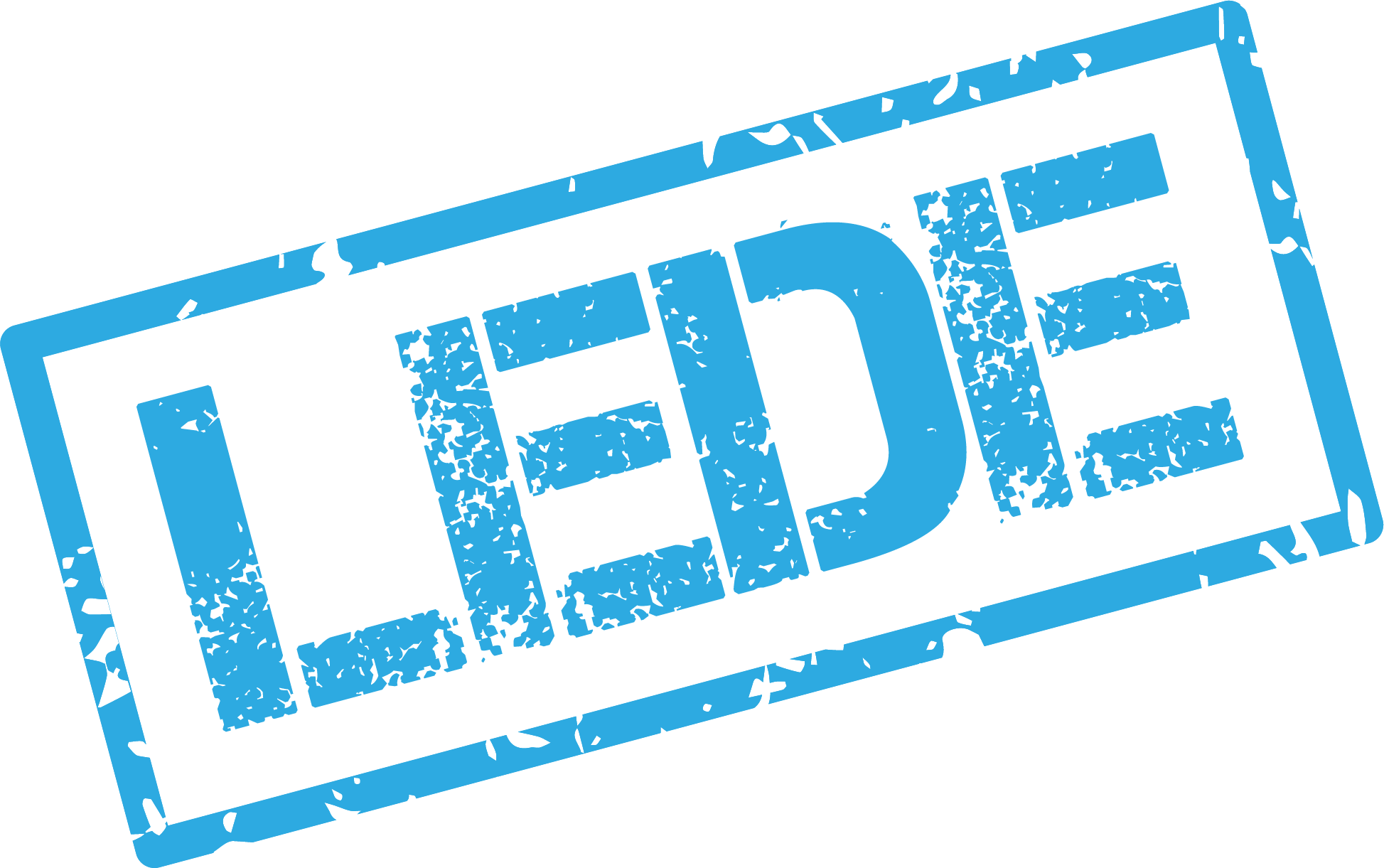

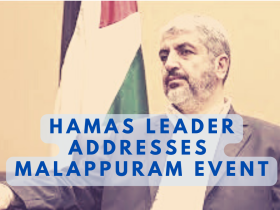
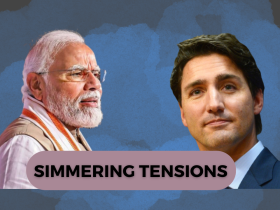
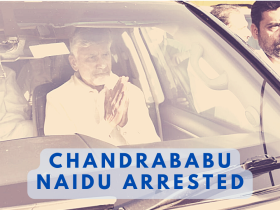
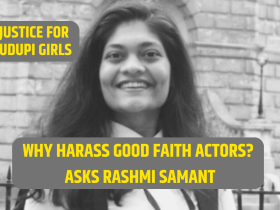
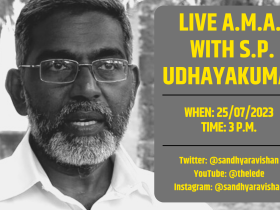
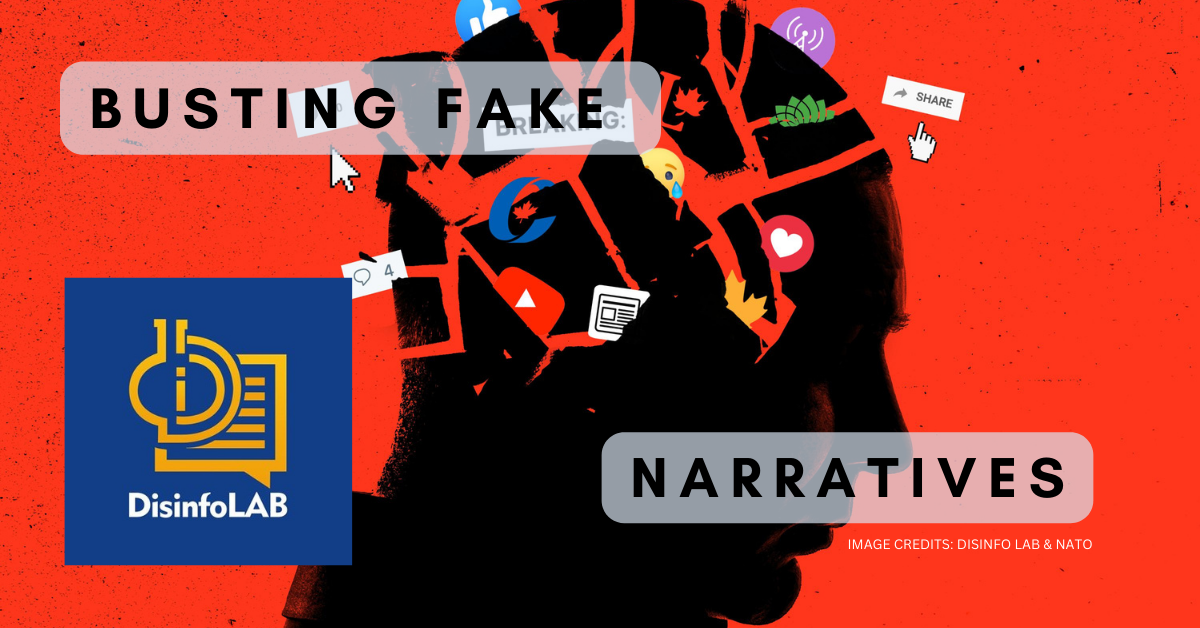
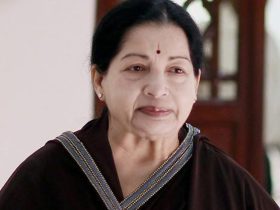
Leave a Reply